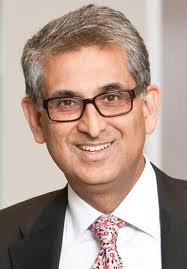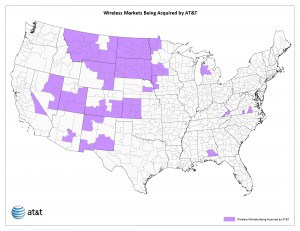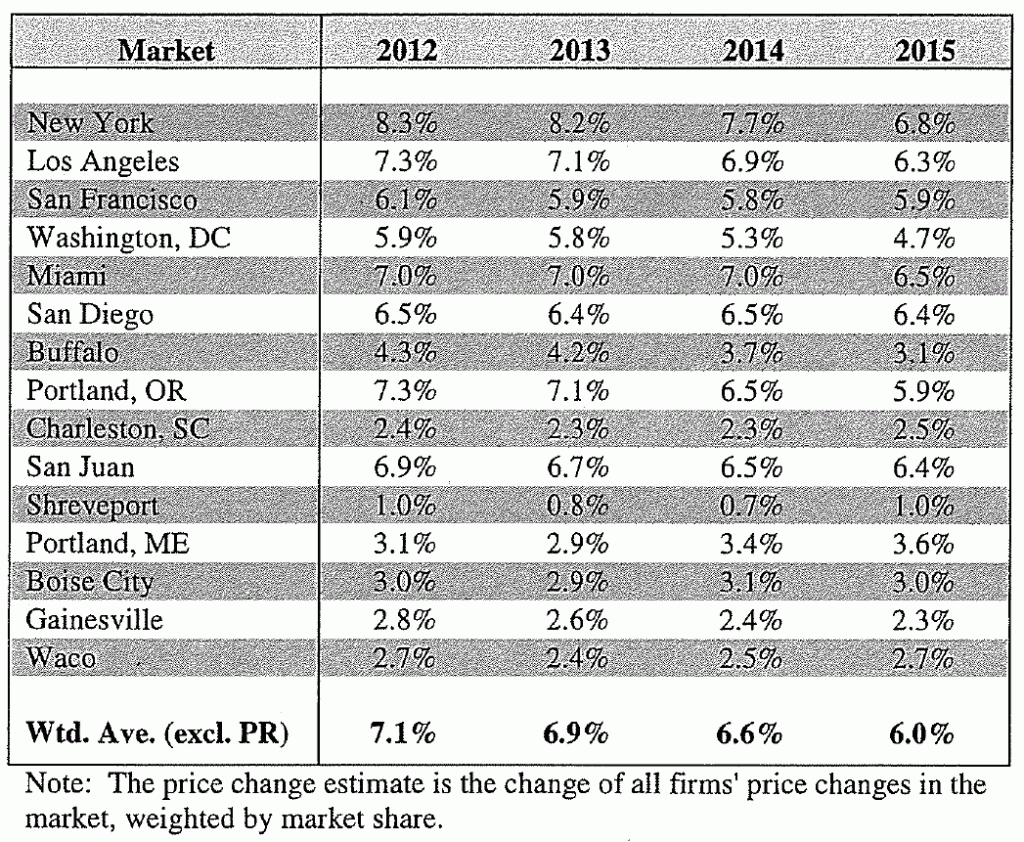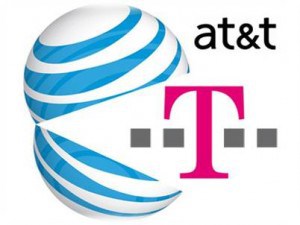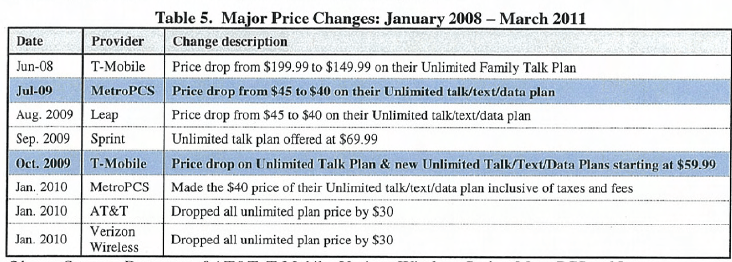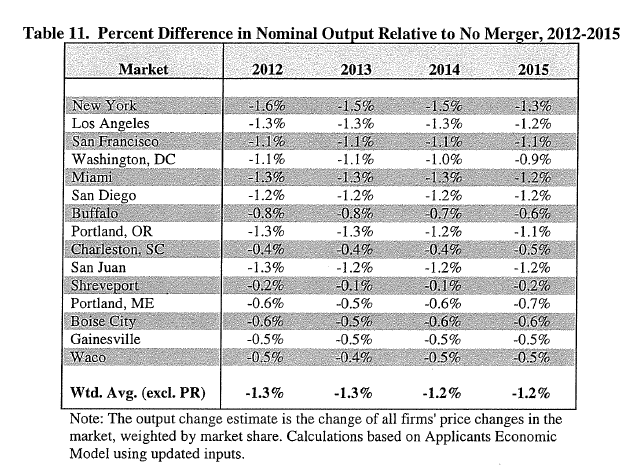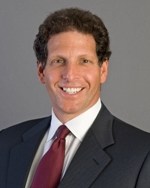 Wireless operator (and cable company) Rogers Communications likes to spend big dollars pushing the message Canada is in the midst of a wireless spectrum crunch — a big reason why it wants “equal treatment”-bidding in upcoming spectrum auctions that may include “set-asides” exclusively for emerging Canadian wireless competitors.
Wireless operator (and cable company) Rogers Communications likes to spend big dollars pushing the message Canada is in the midst of a wireless spectrum crunch — a big reason why it wants “equal treatment”-bidding in upcoming spectrum auctions that may include “set-asides” exclusively for emerging Canadian wireless competitors.
But apparently the spectrum shortage only impacts areas outside of the province of Quebec, because Rogers plans to experiment with a new LTE wireless video on demand service it plans to pitch Quebecers, perhaps as early as next year.
Rogers CEO Nadir Mohamed told the Montreal Gazette the cable company intends to enter the Quebec market with an “over-the-top” on-demand video service, distributed over Rogers’ growing LTE wireless broadband network. While Mohamed was quick to say this doesn’t mean Rogers intends to launch a full-scale competitive invasion against provincial providers Videotron, Ltd., and Bell Canada Enterprises, it is pre-emptively getting into the business of serving cord-cutters who drop traditional cable packages to watch online video.
The new service is expected to be accessible on phones, tablets, and Internet-enabled televisions and video game consoles, presumably through a wireless Internet adapter.
“Video for wireless has huge potential for growth,” Mohamed told the Gazette. “It’s sort of the mirror image of (how cable evolved), which went from video, to data to voice.”
Nothing eats bandwidth like online video, and Rogers traditionally caps this and other usage on their mobile wireless network, citing spectrum and capacity shortages. But Rogers sees few impediments serving up certain kinds of online video: namely their own.
That’s not a message the company continues to deliver consumers on its “I Want My LTE” website, part of a robust lobbying effort to get its hands on as much new spectrum as possible, even if it means locking out would-be competitors. In fact, leaving the impression the company has spectrum to spare is so politically dangerous, Mohamed took the wind out of his own announcement by mentioning, as an aside, their networks still don’t have enough capacity to deliver full-motion video to a large number of customers at the same time.
“I think wireless networks in the foreseeable future will not have the capability to deliver full-motion video to a large number of customers at the same time, even with LTE,” he said. “So what you will see is an integration of wired and wireless, where the wireless network will off-load the traffic to a wired network.”
Rogers’ decision to limit the service, both in scope and range, is also designed to protect itself (and other cable operators) from unnecessary competition. Rogers won’t offer a full menu of video services outside of its traditional cable system areas in Ontario, New Brunswick, and Newfoundland, and only Quebec residents (where Rogers doesn’t sell cable TV) will have the option of signing up for the wireless video-on-demand service.


 Subscribe
Subscribe